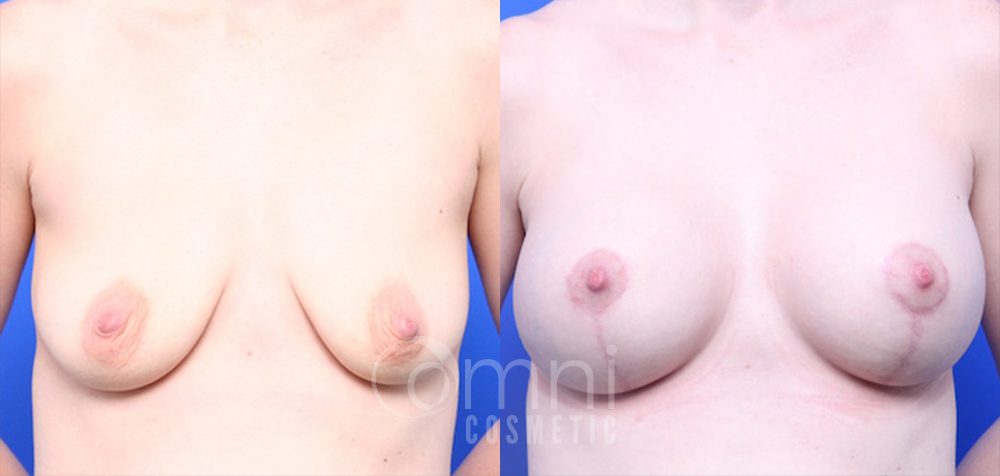Don’t Break a Sweat – What to do about hyperhidrosis
September 11, 2014
Summer is ending, cooler weather is here. For many, they look forward to less heat and less sweat. For some, however, underarm sweating is a constant problem they battle no matter the temperature.
What is Hyperhidrosis?
Hyperhidrosis, or excessive sweating, is typically caused by overactive sweat glands rather than external triggers such as heat or stress. Sometimes hyperhidrosis is secondary to other medical conditions and often it is hereditary.
Who does is affect?
Approximately 3% of the U.S. population has been diagnosed with hyperhidrosis*, but the number of young adults and men and women that think they sweat too much is much larger in our experience.
Excessive sweating can cause physical discomfort and emotional distress. Many people that suffer from hyperhidrosis employ tactics such as layering clothing and avoiding fabrics that make sweat rings more noticeable to their peers. Some people in professions, such as dental hygienists and hairstylists, are very sensitive to the excessive sweating when working with clientele. Beauty pageant contestants also have a hard time wearing gowns that are strapless or sleeveless or gowns made of satin material that could be ruined, permanently, by perspiration.
Treatments for Hyperhidrosis
Over the counter antiperspirants offer a ‘clinical strength’ version of their regular product that includes a higher percentage of the aluminum-based compound that temporary blocks the sweat glands. There are also stronger, clinical strength antiperspirants, like Certain Dri and Drysol that are applied at night which have proven more effective than regular deodorants for many. However, these stronger products also cause skin irritation and for many, it is a routine that is not often kept up to be truly effective.
For our clients that have tried topical solutions for excessive perspiration, Botulinum toxin type A (Botox) is an effective remedy that can last up to six months. The treatments take less than 20 minutes, are relatively painless and are safe for most adults. When administered correctly, by a trained medical professional, Botox for underarm sweating temporary blocks the nerves that stimulate sweating. For those that feel the treatment is uncomfortable, a topical anesthetic can be applied prior to Botox injections for sweating.
More radical approaches to hyperhidrosis are oral medications, which may have side effects, and surgery. These remedies may be a better option for those that have sweating in other areas of the body like the face or palms.
Don’t let excessive sweating ruin your social life, career or your confidence! You can contact Paula Aman, PA-C at Ness Plastic Surgery for a consultation to determine if Botox for underarm sweating is right for you.
*Source: American Society for Dermatologic Surgery, Inc.





